There are constant updates by thelargest search engine - Google, in the advertising industry, like the introduction of performance max campaigns, responsive search ads becoming the default type for expanded text ads, etc. So, advertisers must be updated with these marketing trendsadvertising ROI. Being updated with the changes in the digital marketing world is one thing and optimizing them regularly is another. Once the ad is set up, the landing pages are created, etc., it is hard to predict what will make users click and connect. It can be identified with a/b testing and preparing a PPC report that clearly highlights which ad version has a higher click-through rate, lower cost per click, and much more. With a/b testing the responsive search ads, the advertisers can experiment with the headlines, descriptions, landing pages, ad scheduling, etc. This lets them know which version of their experiment yields the desired advertising ROI. In this blog, we will discuss the essential ideas for a/b testing responsive search ads to achieve desired goals like lead generation, increasing online sales, etc.
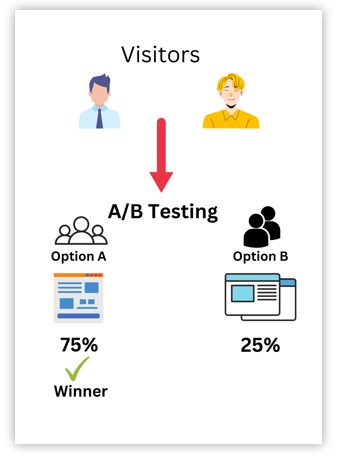
Why a/b testing is important for responsive search ads?
Responsive search ads are an essential type of Google Ads used in the online advertising world. Whether the responsive search ads yield the desired advertising goals or not, optimizing them and updating the responsive ads in sync with the latest marketing trends is essential. There are multiple things that advertisers need to dwell upon, like updating the ad copies, ad descriptions, testing landing pages, etc. If your ads do not have a higher conversion rate, then it is time to check the performance of the crucial PPC metrics and optimize them to improve the performance of the responsive search ads.
A/b testing ideas for responsive search ads
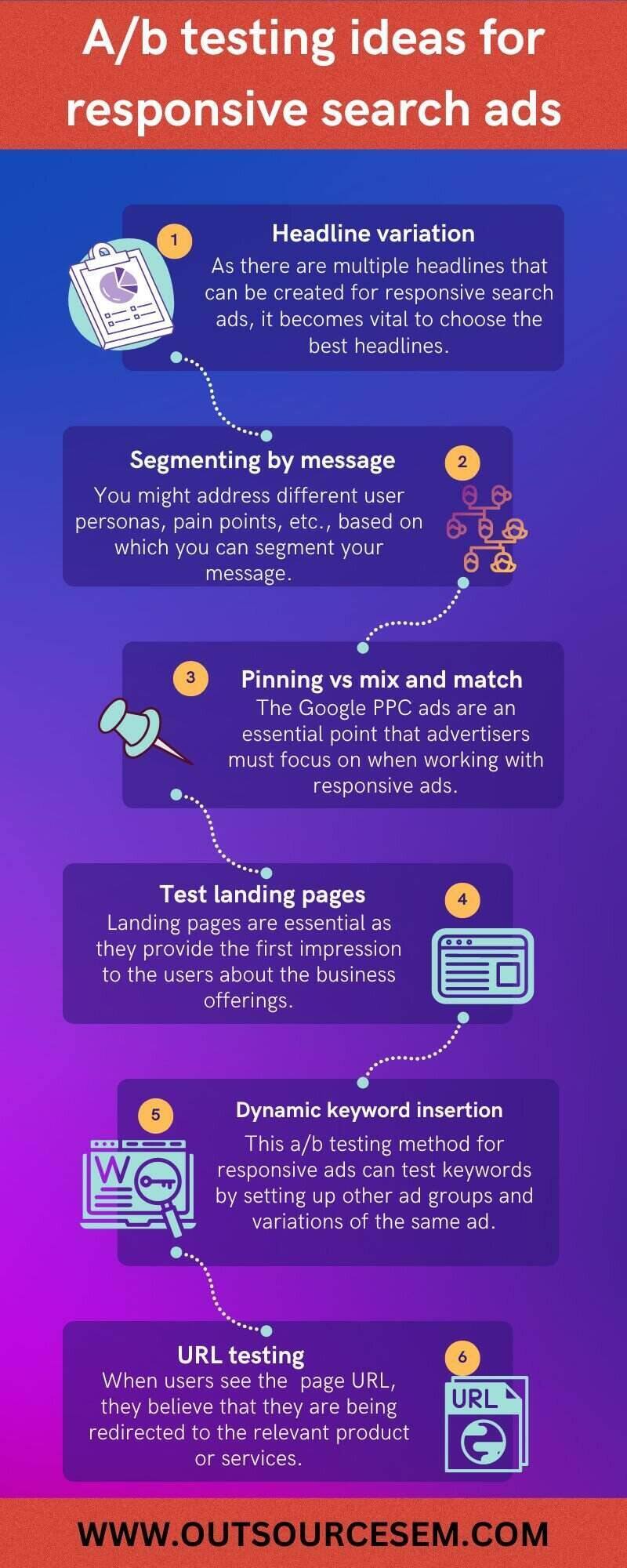
1. Headline variation - The essential point when a/b testing responsive search ads are to perform headline variation. As there are multiple headlines that can be created for responsive search ads, it becomes vital to choose the best headlines. Any ad format, like search ads, video ads, mobile ads, etc., needs to be varied so that you have a clear idea of what works best.
A/b testing any ad means running two versions of the same ad format to determine which one has a higher conversion rate. This may include optimizing the ad copy, ad group, etc. With Google responsive search ads becoming the default type for expanded text ads, focusing on headlines that grab the user's attention to increase clicks on the PPC ad becomes vital. With Google responsive ads, you can provide up to 15 headlines and 4 descriptions for a single ad. You can have an ad with a maximum of 3 headlines and 2 descriptions for any Google responsive ad. This will be shown to the users in different combinations and orders that the search engine finds the best.
When you work on creating headlines, you must ensure that your headlines are in sync with the latest marketing trends that grab the users' attention, luring them to click on the PPC ad. As headlines are the first thing the users see, you must focus on writing engaging ones that attract them to click on the ad. You can write headline1, headline2, headline3 and experiment with the best ones that yield the desired results. You can hire content specialists from a white label PPC agency that dwells on understanding the needs of the business and write headlines accordingly.

2. Segmenting by message - The next essential point when performing a/b testing for responsive search ads is to focus on segmenting by messages. Messaging is an important factor that needs to be focused on by advertisers. You can create 3 responsive search ads per ad group, so it is essential to have a distinct theme centered around a group of keywords. You might address different user personas, pain points, etc., based on which you can segment your message.
When you work on segmenting messages into different topics and test them on different audiences, it helps to gain insight into what works for your brand. By breaking down your message into different segments, you can determine which topics produce the most engagement rate and which need to be modified. This helps you identify the most resonating message with your audiences with a higher conversion rate. When segmenting by message, you can focus on some of the points mentioned below.
a. Create multiple ad groups around a particular keyword. The theme for these should be different.
b. As there are different keyword matching options like exact match, phrase match and broad match keywords so you need to use the relevant keyword match type.
c. You need to monitor each ad group's performance closely and pay close attention to the click-through rate and cost per click.
3. Pinning vs mix and match - Another essential point you need to focus on when performing a/b testing for responsive search ads is deciding whether pinning or mix & matching is important. The Google PPC ads used in search advertising are an essential point that advertisers must focus on when working with responsive ads. As the world of paid advertising has multiple trends that keep evolving with time, it is crucial to keep updating the headlines with the latest trends. When performing a/b testing with Google responsive search ads, you must decide which headline to pin. When you pin the headline to the top on your own, you ensure that your ad shows this headline for the Google responsive search ads.
As in Google search campaigns, every advertiser has a different bidding strategy and different tactics to increase impression share, website traffic, etc. Similarly, with Google responsive search ads, you need to analyze whether pinning the headline at the top yields the desired result or allowing the search engine to decide on which headline to display yields the desired results. When working with search engine optimization techniques to improve the performance of SEO campaigns, you focus on link building, preparing SEO reports, conducting SEO keyword research, etc. In the same way, you should ensure that you use the relevant keywords in the headline so that the ad rank & position on the SERPs increases. You can experiment with different headlines with the ad groups and then decide which ones work best for your ad campaign.
4. Test landing pages - When performing a/b testing for Google responsive ads, you need to test landing pages. Landing pages are essential as they provide the first impression to the users about the business offerings. When the visitor clicks on the ad, they reach the landing page. So, you must give the users the best impression about the product or service offerings.
You need to focus on the fact that your landing page is relevant to the ad being displayed. When creating responsive search ads, you need to ensure that you have high-quality landing pages that attract the users to take the desired action. To test the landing pages, try out the website structure that has a good organization of the product or service offerings. You need to have a well-designed page layout so that the users navigate through different sections on the webpage if they want to purchase different products. There should be great content written on the page that answers most of the users' question. You can also avail offshore PPC services so that the PPC consultants help you design the best landing pages.
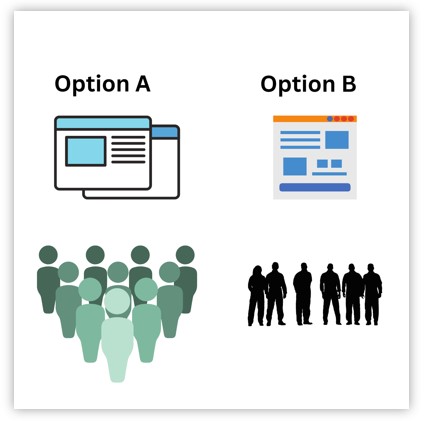
You can follow some of the points mentioned below to test landing pages
a. Use CTAs appropriately - You need to focus on using eye-catching CTAs that grab the user's attention.
b. Ensure you do not have thin page content.
c. The page loading speed should be good.
d. Always have a 'Thank you’ page
5. Dynamic keyword insertion - Another essential idea to test the responsive search ads is to focus on dynamic keyword insertion. Using this a/b testing method for responsive search ads, you can test which keywords by setting up other ad groups and variations of the same ad.
When you test different keywords for the same ad group, you get to know which keywords bring the desired results. There are primary keywords that would be used in any ad group. However, when you use different keywords for the ad group, you can experiment with the keywords or phrases based on the user search behavior. With the changes in the marketing trends in the online marketing world, PPC trends keep evolving and the user intent varies accordingly. To ensure that you do not miss out on potential customers, focusing on dynamic keyword insertion is vital.
With the help of dynamic keyword insertion, you can increase your ads reach as it allows you to tailor your headline to the exact search query that to the exact search query entered by the user. It gives a better chance of increasing the ad visibility and increasing clicks on the ad. E.g., you have a clothes business. When a user searches for men's red shirts, your ad will read men's red shirts. Whereas when other user searches men's red shirt for running, your ad will read men's red shirt for running.
With the help of dynamic keyword insertion, your ad becomes more personalized and distinctive. It offers a wide reach than the typical text ads and the search queries can relate more to the relevant keywords. You can follow the steps mentioned below to conduct a/b testing for responsive search ads using dynamic keyword insertion.
1. Create two identical ad versions. The headlines for both versions should be different, one with dynamic keyword insertion and the one without it.
2. You need to analyze and track the results of which keywords are most effective.
3. You can then use these keywords in responsive search ads for accurate audience targeting.
It is one of the prominent ways of capturing the potential customers attention and increasing clicks on the ad.
6. URL testing - When a/b testing responsive search ads, another essential point that you need to focus on is the final URLs. The business offers multiple products or services, soo there are specific landing pages for these. To attract users to these pages, you run different ad types so that the target audience knows about your business offerings.
Testing the URLs in PPC ad campaigns is essential as long URLs may not be visible to the users when the page loads. The URLs need to clearly display the message to the target audience to increase the users' trust in the business. When they see the page URL, they believe that they are being redirected to the relevant page. So, it becomes essential for advertisers to consider this factor in their online marketing strategy. URL testing is also essential when running paid ad campaigns on the social media platforms like Facebook Ads, YouTube Ads, Instagram Ads, LinkedIn Ads, etc. so that when the users are redirected to the relevant page, they have an idea of the relevant page that they are being redirected to.
Goals of a/b testing responsive search ads
A. Higher conversion rate - One of the main goals of a/b testing responsive search ads is that it has a higher conversion rate. The Google responsive search ads are used by advertisers to target the relevant users, build brand awareness, lead generation, etc., that helps them achieve desired goals.
With the help of a/b testing the responsive search ads, you get to have a higher conversion rate for your paid ads. As in search engine optimization, you focus on optimizing images, title tags, meta descriptions, etc., to determine which version works best for your website. In the same way, with paid ad campaigns, you can optimize the ad copies, ad groups, etc., which ultimately increases the conversion rate.
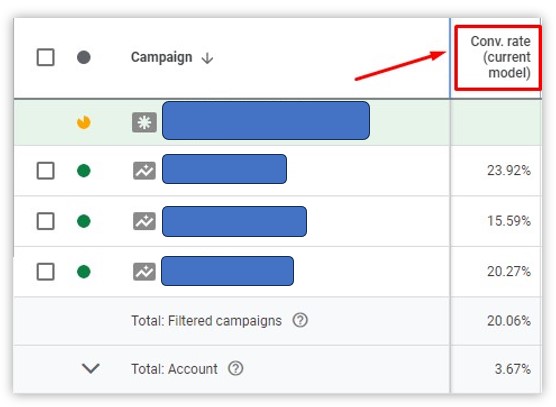
B. Quality traffic to the landing page - Another goal of Google responsive search ads is that brings quality traffic to the landing page. One of the essential goals that every advertiser focuses on is driving quality traffic to the landing page. As Google PPC ads are paid ad campaigns, you must have quality traffic to the landing page. When you have quality webpage traffic, there is a high chance that they will take the desired action.
When you include high-traffic relevant keywords in your paid ad campaigns, then your ads have a higher ad position. This means that more users can see your ads and it has a higher engagement rate. You can consider adding negative keywords to your ad groups to trigger your ad to irrelevant search queries. You can also use ad extensions like structured snippet extensions, callout extensions, call extensions, location extensions, affiliate extensions, sitelink extensions, etc., to inform the users about the product or service offerings. You can also offer discounts & offers to users to create a sense of urgency among them to reach the landing page. You should work on plans & strategies to ensure that the maximum number of visitors convert to customers on reaching the landing page.
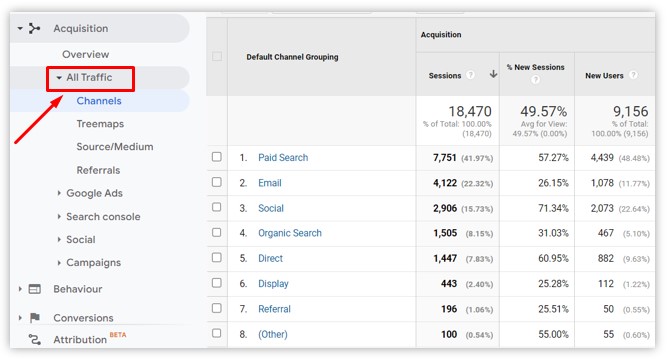
C. Lower bounce rate - The next goal of a/b testing responsive search ads is that it helps you to lower the bounce rate. Bounce rate is the percentage of visitors that reach the landing page but leave the page without taking any desired action. When you have a lower bounce rate for your paid ad campaigns, it proves that the users are willing to associate with your business offerings and like the products or services being offered.
Using the Google Analytics tool, you can analyze which device has a higher bounce rate and which offers a lower bounce rate. You can prepare a PPC report to analyze the essential PPC metrics that need to be optimized to lower the bounce rate. Some of the essential points that need to be optimized are:
a. Page loading speed.
b. Poor product page description and page layout.
c. Not using a relevant call to action or overusing it.
d. Long forms with unnecessary fields.
e. Ad copy and landing page message mismatch.
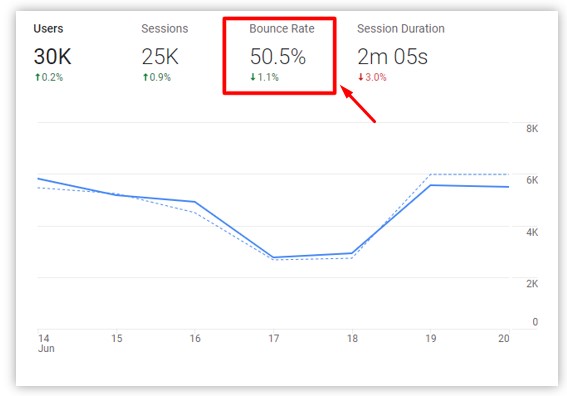
D. Reduces cart abandonment - Another goal of a/b testing responsive search ads is that it helps reduce the cart abandonment rate. Multiple users reach the webpage after clicking on the ad, so it becomes essential to ensure that these visitors convert into customers. Many times the visitors on the webpage navigate through different sections on the website and add the products to the cart. This can be seen very popularly with the e-commerce PPC ads as there are multiple products that these businesses offer. So, the users add the product to the cart and leave it to buy some time later.
When running the PPC ads, some users add the product to the cart. With the help of multiple PPC tools like Google Ads, Google Analytics, you can analyze the user engagement rate and how many of them take the desired action. You can figure out how many users made a purchase and how many just did window shopping. You can also outsource PPC services and ensure that the best PPC specialist works on responsive search ads and present you with the best PPC reports to take the necessary steps to improve the PPC campaign performance.
Conclusion
Advertisers use responsive search ads to achieve their goals in the digital marketing world. As there are different ad formats available by Google, it is vital to choose which ad type to choose for businesses. Different ad types, like search ads, video ads, shopping ads, display ads, mobile ads, etc., are used by businesses to reach potential customers. You can get in touch with the best PPC company and avail of the best PPC services to maximize the return on ad spend.
When a/b testing responsive search ads, multiple points need to be focused on by the advertisers and even a minor ad fatigue could lead to draining the ad budget in no time. So, you must outsource PPC service to a digital marketing company and hire the best PPC experts to work on responsive ads. The PPC consultants have experience preparing PPC reports, remarketing ads, campaign analysis, etc. and would assist you with the best strategies to improve the ad performance. Moreover by availing our various PPC services like electrician PPC, lawyer PPC, small business PPC, flooring PPC, roofing PPC and etc for your home businesses you can increase visitors on your website. Also availing these services add growth and profitability to your business.
References:
• Responsive Search Ads take center stage – are you prepared?
• 3 Experiments to run for responsive search ads testing
